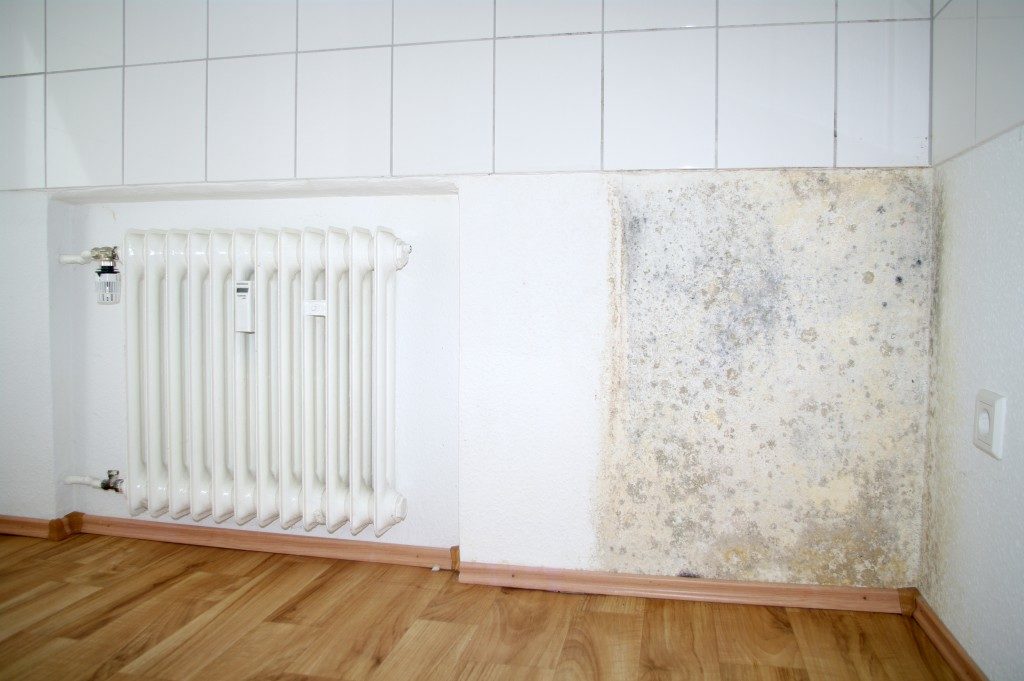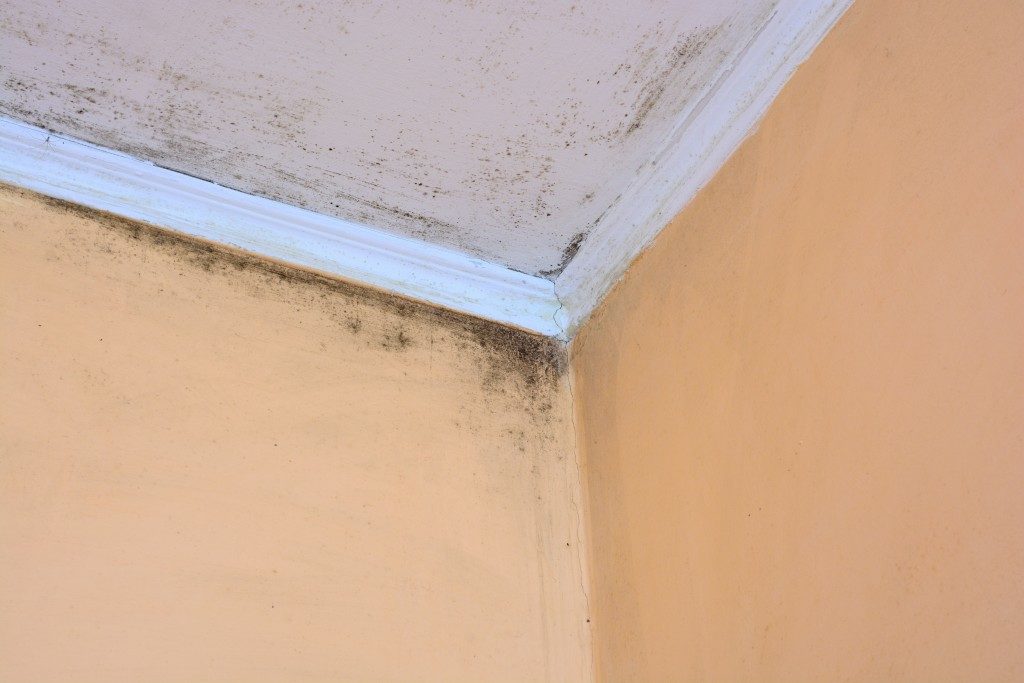There’s a gallon of black tar paint, and you’re all set to go down the basement this weekend. Did your neighbor tell you about this DIY tip? You think a coating of black tar paint will solve all your basement leakage problems.
If that were the case, repair professionals would be out of business, and stores won’t sell a dollar of a cementitious waterproofing membrane. Today, we are going to debunk some of the most popular home improvement myths in America.
An age of misinformation
Black tar paint is not a waterproofing solution – far from it. It’s only a myth that’s been passed on by word of mouth. It is unfortunate how in the Information Age, the public is bombarded with false information. So-called experts are making claims about basement and chimney repairs that help their business but not the clients.
Myths can be used to mislead people. Most of the time, it is improper or outdated design that causes water damage to homes. Many waterproofing issues can be solved with the application of contemporary water diverting solutions.
Damp walls
You’ve just found a good product that diverts vapor and moisture, and you think it should solve the problem of damp walls. The thing with wet walls is that there is excess moisture inside. If you paint it over with paint that keeps water out, the water already inside stays within.
The wall will be sealed, and it will only rot inside. You didn’t solve the problem and instead sped up the deterioration. If you already have a dampness issue, it’s best to consult with local experts for a comprehensive program to combat moisture and remove it from your walls.
Concrete slabs
Concrete with a dry surface is not necessarily the same from within. Excess moisture is attracted to concrete because it is by itself like a sponge. A concrete floor in a relatively highly humid area could be host to water molecules even if there are no outward signs.
With excess moisture comes mildew growth and an escalating mold problem. To be sure that your concrete floor is not harboring water, you can call for a relative humidity test, which provides a reliable moisture measurement in a concrete slab.
Chimney bricks
Have you ever wondered why masons do not paint brick chimney exteriors? Water vapor can be easily trapped in bricks because of their porosity. A chimney with plants growing on it would have enough water within the structure itself to support life.
Water issues can arise when molecules of liquid are trapped inside. As time goes by, the degree of water damage only escalates until they manifest. Bricks must be allowed to breathe, which means you should not cover the exterior surface with a membrane that suffocates it without consulting with bricklaying experts.
The truth is out there

Before spending hundreds of dollars on waterproofing solutions and repairs, get reliable information from reliable sources. Local experts in construction would have useful knowledge to share, and experience to draw from.
Aside from appropriated interventions for water-logged walls, floors, and roofs, they can give tenable advice on preventive measures to keep your home dry and comfortable.




